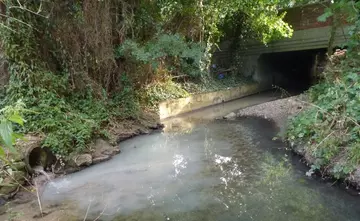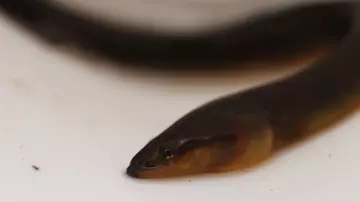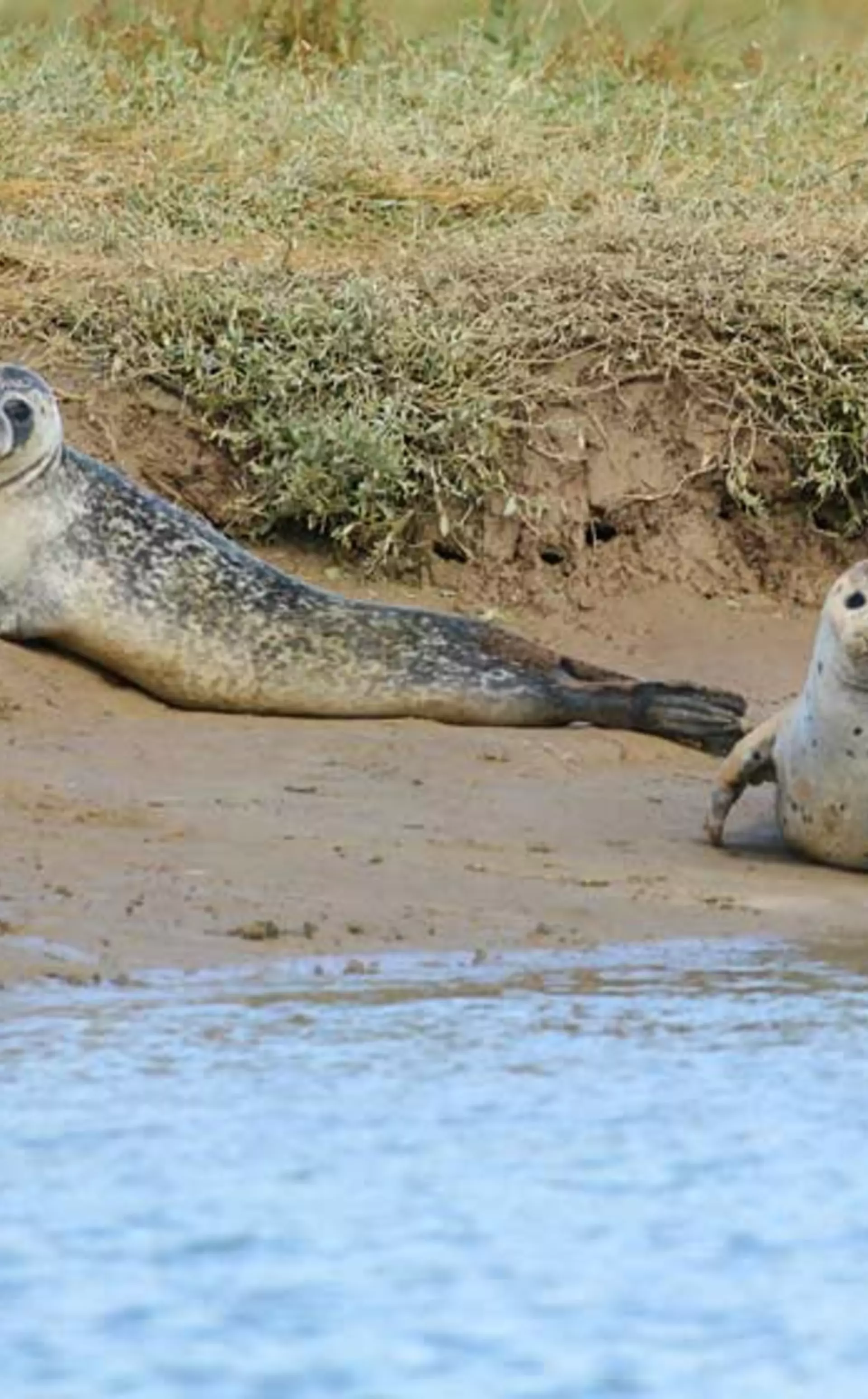
ZSL
Zoological Society of London
The tidal stretch of the River Thames is arguably London’s greatest asset.
As the point at which the River Thames meets the sea, the Tidal Thames is an estuary with immense societal, economic, and environmental importance. Millions of people every year walk along its riverside paths, explore its foreshore, and enjoy boat rides on its waters. However, there is a lot that people don’t know about the tidal stretch of the River Thames. For instance, there are over a hundred fish species that can be found below its murky waters, including sensitive species such as seahorses and European smelt – a fish that smells of cucumber. Porpoises can often be spotted in the Thames Estuary, and seals have been seen as far upstream as Teddington.

Once declared ‘biologically dead’
While the presence of these and other species in the Tidal Thames indicate a healthy ecosystem, this has not always been the case. For years, tonnes of household and industrial sewage were regularly deposited into its waters, causing significant damage to the environmental health of the river. In 1957, stretches of the Tidal Thames were declared biologically dead by the Natural History Museum. Since then, the river’s water quality and ecological health have both significantly improved, due largely to advances at sewage treatment works.

What’s changed since 1957?
These improvements in environmental health inspired The State of the Thames 2021. This report uses a set of indicators and associated time series data to celebrate the environmental successes of the Tidal Thames since 1957. For example, dissolved oxygen, which is critical for aquatic life, has remained at consistently healthy concentrations in recent years. Phosphorus, which at high concentrations can be dangerous to aquatic life, has been declining in the last 15-20 years since phosphate stripping was introduced to major sewage treatment works. After years of habitat decline, saltmarsh area has started to increase in recent years. Seal populations have been rising steadily since the early 2000’s, as have wading birds. In addition, efforts have been made to open connectivity between the Tidal Thames and its tributaries for eels and other fish species.

At the same time as celebrating these successes, the report also highlights the current challenges facing the Tidal Thames. In doing so, it emphasises the areas in need of our attention if we want to protect and continue to improve the Thames environment. One of the most worrying challenges to the estuary is climate change, seen by rising water temperature and sea level, which can both have damaging effects on habitats and wildlife. Another concern is chemical contaminants, which have many different sources and can often go undetected, sometimes causing irreparable harm to aquatic life. Furthermore, both larger macroplastics and the barely visible microplastics, are found in abundance within the water column and on the foreshore. Finally, while improvement to sewage treatment has helped prevent high concentrations of phosphorus, nitrate concentrations have been gradually rising over time.
Changes for the future
Encouragingly, much is being done to address these threats. The Environment Agency’s Thames Estuary 2100 Plan aims to use nature-based solutions to address sea level rise and the associated flood risk. Thames21’s Thames River Watch Programme, the Port of London Authority’s Thames Litter Strategy, and ZSL’s #OneLess campaign are all promising initiatives to confront plastic pollution. To address the remaining water quality issues caused by an outdated sewage system, Tideway is constructing a new ‘super sewer’, which will capture and store most of the millions of tonnes of raw sewage that currently overflow into the estuary when it is completed in 2025.

One of the most important goals of The State of the Thames 2021 is to help instil a sense of pride in our river and how far it has come in the past 60 years. When people recognise the importance of the Tidal Thames and all the intangible benefits it provides (mental, physical, spiritual, and cognitive benefits), they will be willing to fight to protect and improve this valuable ecosystem.
